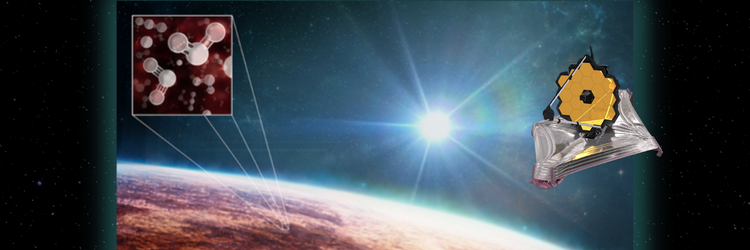The James Webb Space Telescope revealed the first detailed molecular and chemical portrait of a distant world’s sky.
The telescope’s array studied WASP-39 b, a planet nearly as massive as Saturn orbiting a star some 700 light-years away. JWST’s readings provide a full menu of atoms, molecules, and even signs of active chemistry and clouds. The data also hints at how the clouds in exoplanets might look up close—broken up vs. a single, uniform blanket over the planet.
Among the discoveries is the first detection of sulfur dioxide in an exoplanet atmosphere. The planet is eight times closer than Mercury is to our Sun, leading astronomers to believe that WASP-39 b is not habitable. JWST also detected sodium, potassium, water vapor, and never before-seen additional water features at longer wavelengths.
The telescope views the universe in infrared light, on the red end of the light spectrum beyond what human eyes can see, allowing it to pick up chemical fingerprints that we can’t detect in visible light.

